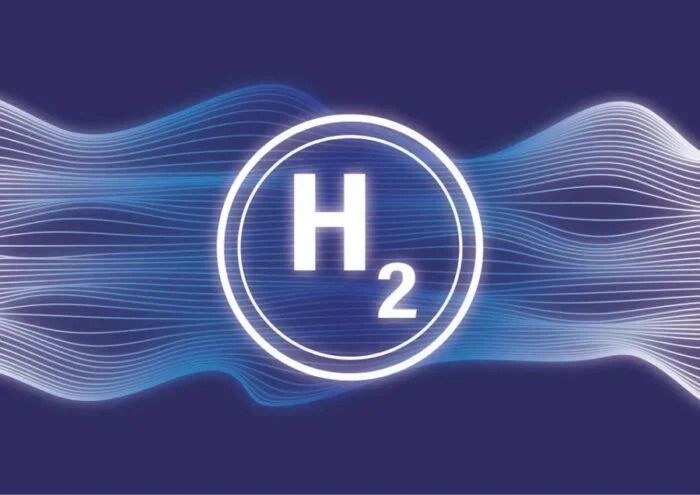Setting the Bar High: New Standard for Transparent Hydrogen Production Reporting
Key Ideas
- The Bureau de normalisation du Québec (BNQ) and CSA Group have introduced a joint standard for reporting hydrogen production pathways and carbon intensity.
- The new standard aims to provide clarity and transparency in communicating the environmental impact of hydrogen production by focusing on energy sources and carbon emissions.
- Officials from Quebec and the CSA Group emphasize the importance of this standard in promoting low-carbon energy sectors and supporting sustainable development.
- The standard is designed to help producers distinguish themselves in the market, provide consumers with transparent information, and align with global sustainability goals.
Canadian certification body BNQ and CSA Group have collaborated to publish a 'Joint Canada-U.S. National Standard' for reporting hydrogen production pathways and carbon intensity. The partners highlight that the current color-based system for describing hydrogen production lacks clarity on emission intensity, prompting the need for a more defined methodology. The new standard focuses on quantifying energy production sources and carbon emissions, with additional guidance on reporting feedstock nature, geographical aspects, water consumption, and origin details. Officials, such as Minister Christine Fréchette and Isabelle Landry, stress the importance of transparent reporting to support the growth of low-carbon energy sectors like green hydrogen. They believe that this standard will help producers differentiate themselves, provide consumers with clear environmental impact information, and contribute to informed decision-making and sustainable investments in the energy sector.
Topics
Production
Environmental Impact
Sustainability
Energy Sector
Transparency
Low-carbon Solutions
Certification Body
Latest News
